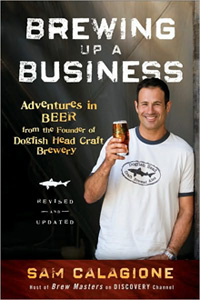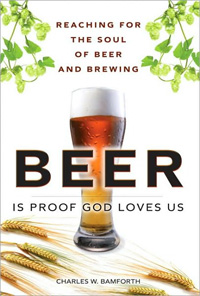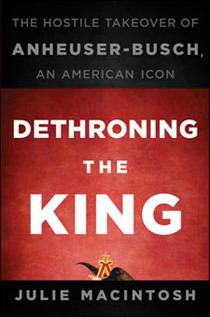“Those were the times when I thought ALL Czech beer was great. That slowly started to change, but I would still drink pretty much anything that was brewed in this country.”
– Max Bahnson
 There is much more to Prague than beer, but for a beer oriented visitor there never seems to be enough time to discover all the pivo the city has to offer.
There is much more to Prague than beer, but for a beer oriented visitor there never seems to be enough time to discover all the pivo the city has to offer.
Sure, start with a pilsner, because when you order a pilsner in Prague it will be Pilsner Urquell. That’s the law. And many, probably most, tourists leave town happy to have enjoyed what beer experiences luck gives them.
Then there are the rest of us. We want to know about Výcepní Pivo and Ležák — “Hey, these aren’t listed in the Official Beer Geek Style Guidelines (ABGSG)” — and the yeasty difference between Nefiltrované and Kvasnicové. We want to know the best places to drink in situ; the best revivalists beers featuring pilsner malt and Saaz hops as well as cutting edge beers (stouts and IPAs in Prague, indeed).
We need books like Evan Rail’s Good Beer Guide Prague & the Czech Republic and Prague: A Pisshead’s Pub Guide by Max Bahnson. I’ve previously recommended Evan’s book, and in suggesting that Prague is a two beer guidebook city must include a small disclaimer related to the Pisshead Guide.
When he was writing the book, Max sent me some sample pages. I enthusiastically endorsed the content and the style. It would be a dirty trick for me to turn around and criticize it now. But honestly, I can think of only one thing I’d change. It would be cool if the hand-drawn maps were on napkins or coasters you could rip from the book.
I expect a guide book to be easy to read, long useful information and amusing. Because this book is organized by pub crawls it can take an extra few minutes to find a single destination, and an index would help. But how much you enjoy the Pisshead Guide really depends on if you enjoy the writing. I do, and originally pulled out some quotes from the book to illustrate. Then I realized it is better to suggest you visit his blog and read at least until you’ve come across a paragraph or three that you figure would piss off somebody. Then you’ll have a better idea if this book is for you.
You can buy it here.
 Can you imagine two wine drinkers sitting in a cafe arguing about monoterpenes1 and asking the bartender to drag a copy of The Oxford Companion to Wine from the the bookshelf to settle a bet?
Can you imagine two wine drinkers sitting in a cafe arguing about monoterpenes1 and asking the bartender to drag a copy of The Oxford Companion to Wine from the the bookshelf to settle a bet?



